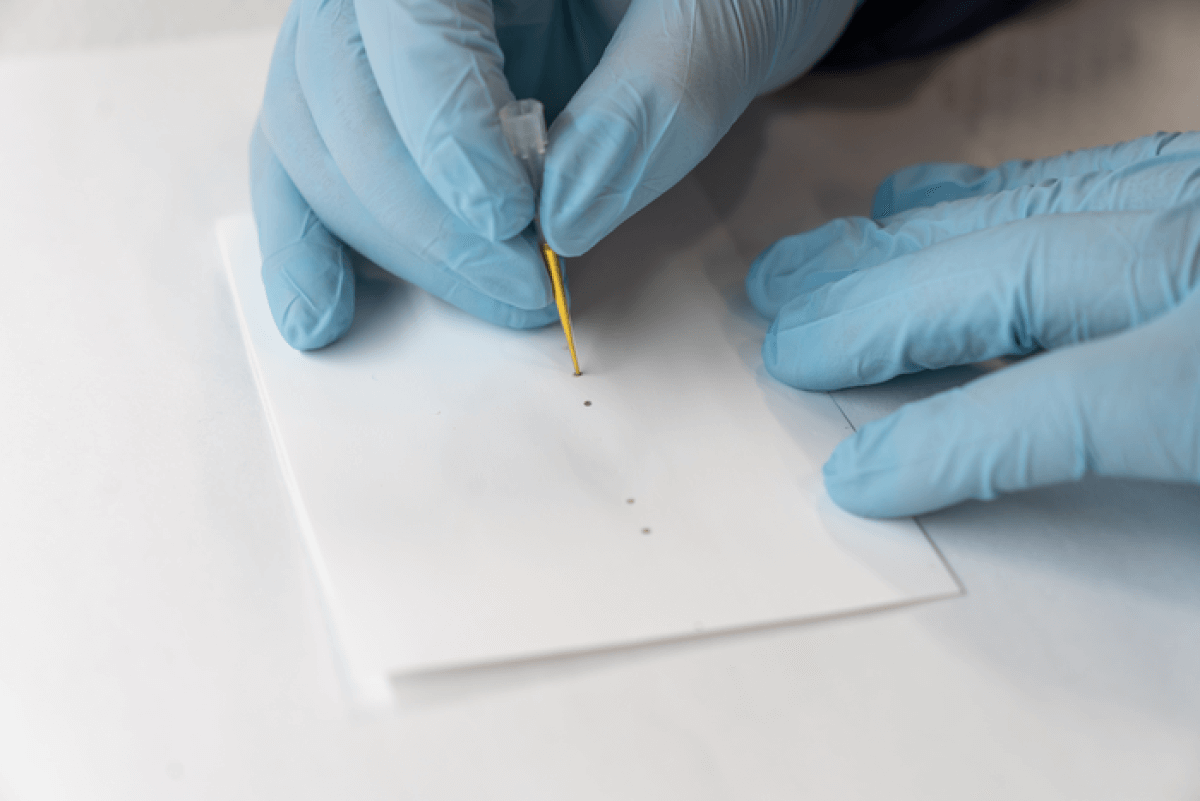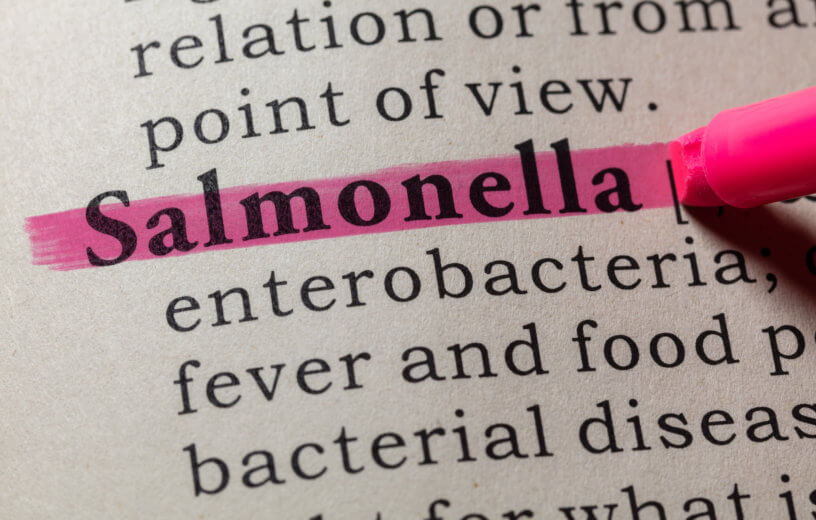HAMILTON, Ontario — Researchers from McMaster University in Canada may have finally developed the solution to salmonella. Their new inexpensive rapid test can detect salmonella contamination in chicken and other foods and it’s even easier to use than a home COVID test.
“Using these tests is easier than using a COVID test, which so many people are already doing,” says co-author Carlos Filipe, chair of McMaster’s Department of Chemical Engineering, in a university release. “For this to be as effective and useful as possible, it has to be easy to use.”
The test can give results in an hour or less, without any fancy accessories or a power source. This is a huge step, considering lab culture monitoring takes at least a full day for results. Salmonella is one of the most common food-borne infections, causing 155,000 deaths each year around the world. Poultry producers could have a much easier job detecting it with a test like this one, especially given poultry products are a top source of infection. The test could also help ensure the safe processing of eggs, ground beef, and dairy products as well.
“Anyone can use it right in the setting where food is being prepared, processed or sold,” adds co-author Yingfu Li, a professor of Biochemistry and Chemical Biology who leads McMaster’s Functional Nucleic Acids Research Group. “There’s a balance between cost, convenience and need. If it’s cheap, reliable and easy, why not use it?”

How does the salmonella test work?
The researchers developed a synthetic molecule that is sandwiched between microscopic particles like gold. Once a liquified sample of food is being tested, the test platform lines the inside of the tip of a pipette. If a sample is infected, the particles are cut through and the molecule can escape. Once the solution is dropped onto a paper test strip, an infected sample will show up as a shade of red — thanks to the biosensor created by the team. The more salmonella, the brighter the red spot gets.
“This is very important to us in the development of our food-testing program,” says co-author Tohid Didar, an associate professor of Mechanical Engineering and Canada Research Chair in Nano-biomaterials. “Being able to create a test that is both easy to use and which produces a readily visible color within an hour is significant.”
The overall mission and development is this test is receiving support from Toyota Tsusho Canada Inc., who is now working on getting the test out for commercial use.
“Our goal is to help bring proven research from the lab to the marketplace, where it can benefit society,” says Toyota Tsusho Canada Inc. President Grant Town. “Reducing the risk of illness while also cutting food waste will benefit everyone, and Toyota Tsusho Canada sees this as a great opportunity.”
The findings are published in the journal Angewandte Chemie.
